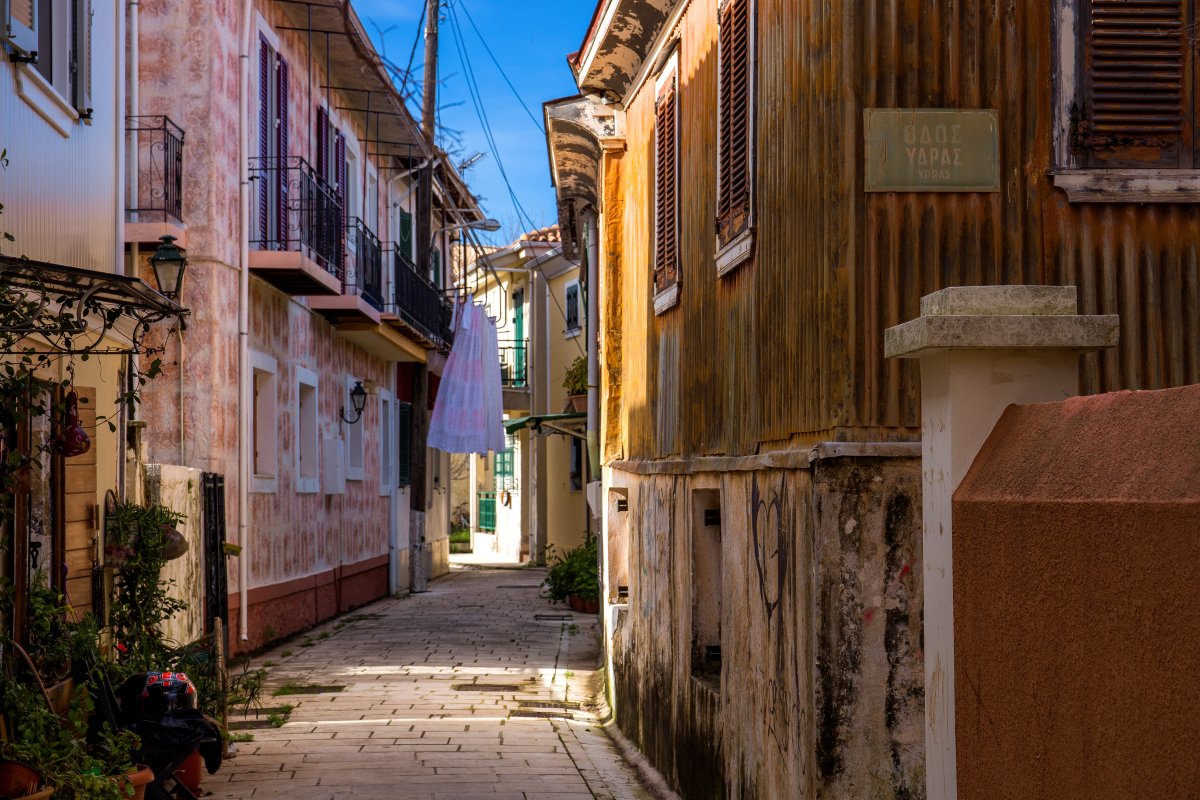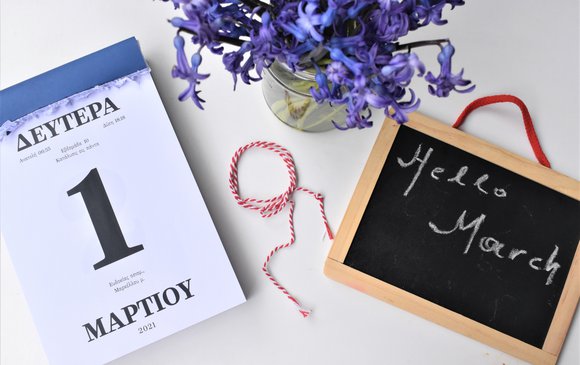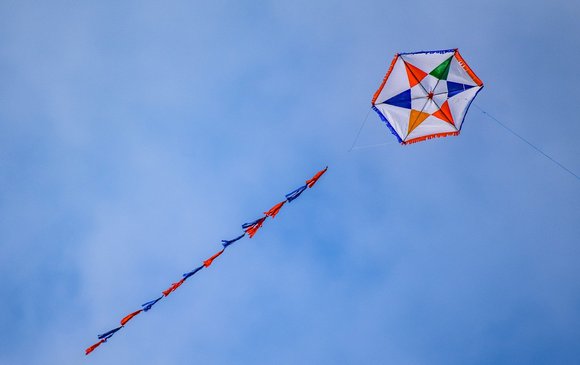February awakens our wanderlust, so let's travel from our couches!
Today we will present you one of our favourite neighbourhoods in Lefkada city, known as ''stou Pouliou'', a lovely area to take a chilled out afternoon stroll and soak up some of Lefkada's authentic spirit! Ready?
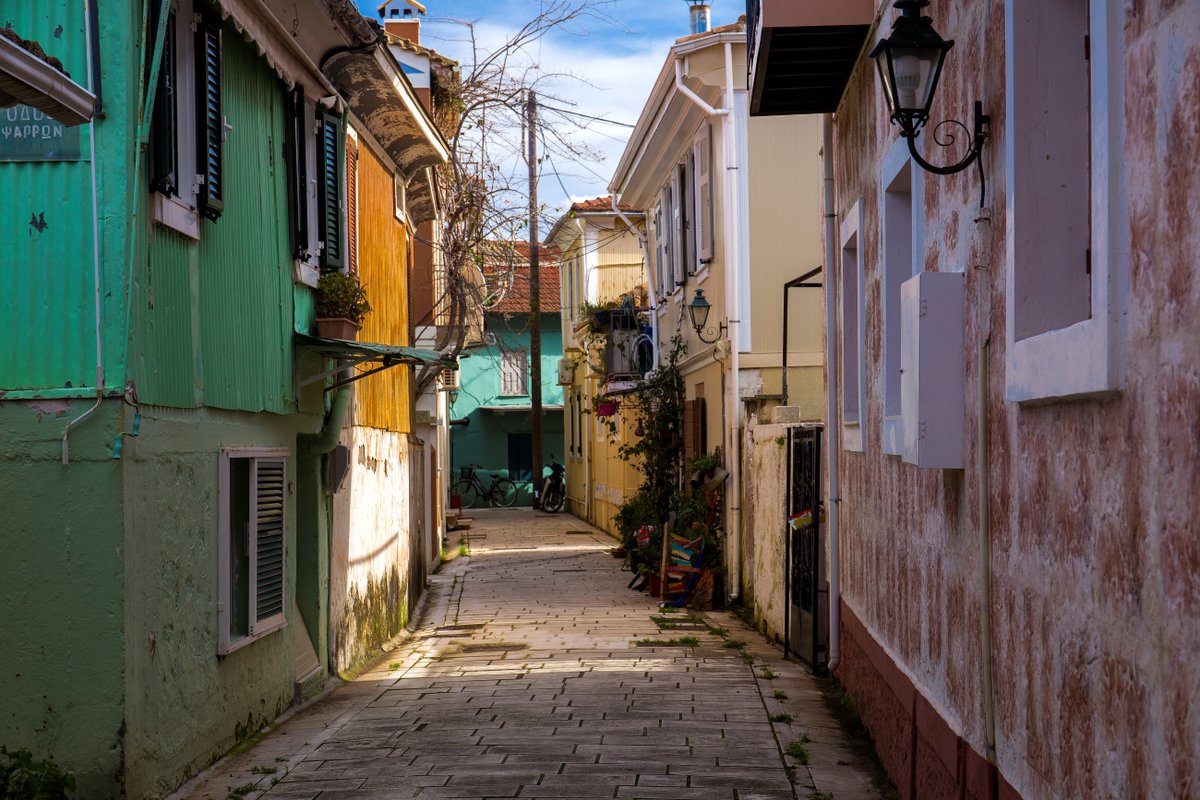



Bordered by Angelou Sikelianou and Wilhelm Dörpfeld Street, Pouliou is one of the oldest neighbourhoods in Lefkada. During the Ottoman period this suburb was called Neochori or Amaxiki and was a small settlement of workers in Lefkada’s fishery and salt pans. In 1684 Lefkada was conquered by the Venetians under Francesco Morosini and the evicted inhabitants were forced to move from the Castle of Agia Mavra, to this area, which became the new capital of Lefkada.
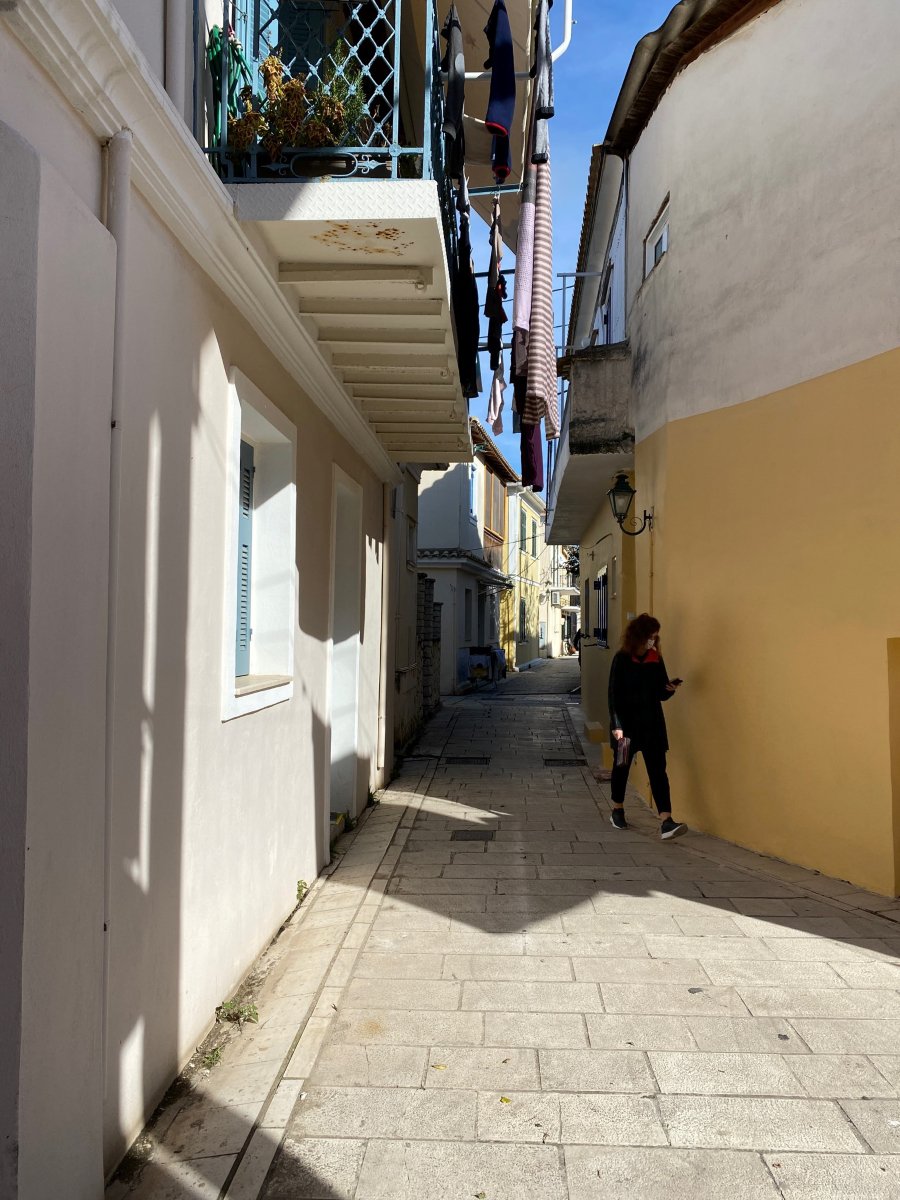
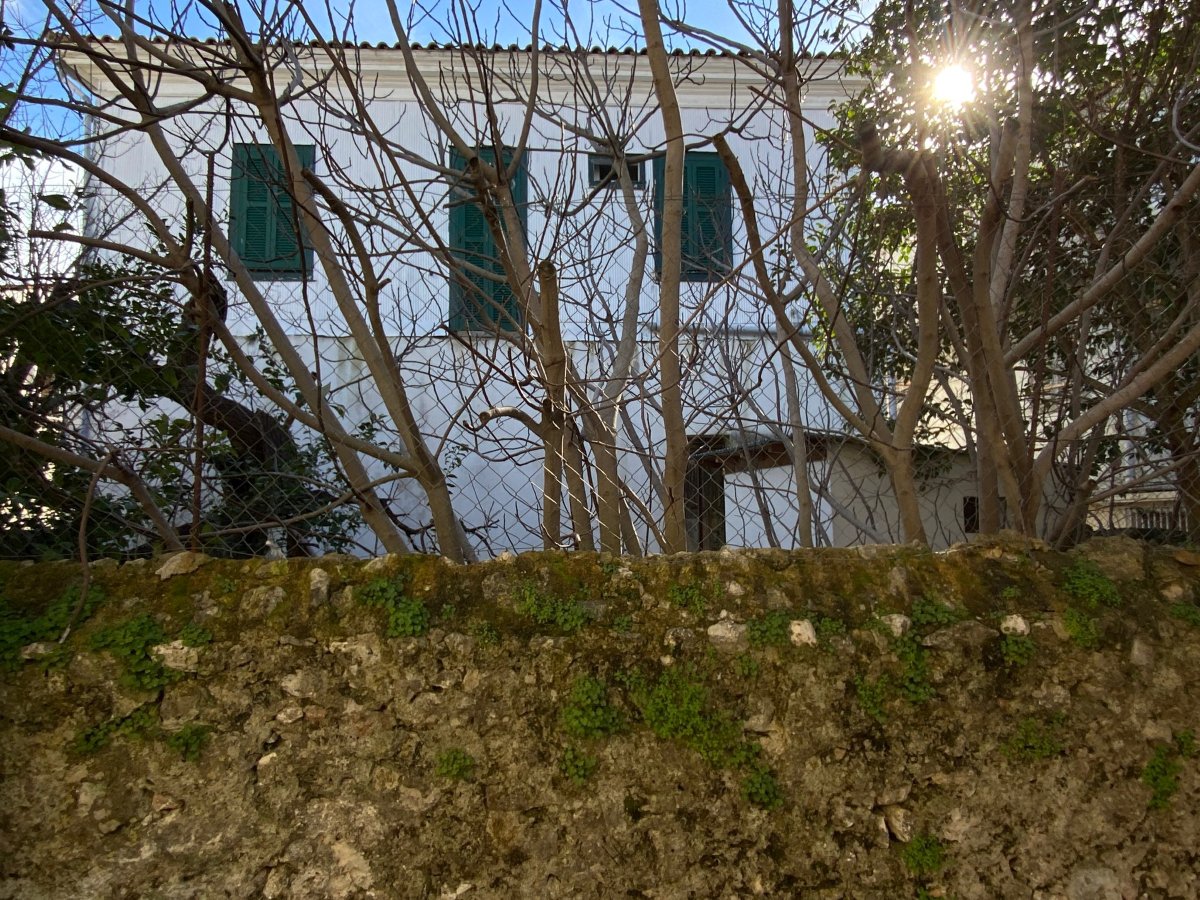

In year past, Pouliou was the fisherman's neighbourhood known for its charming atmosphere, its outgoing spirit and its vibrant inhabitants. Small fishing craft, embodying the art of traditional boat-building were anchored in the pier close to Pouliou, as well as boats that were transferring Lefkadians for their bath to Kastro beach. We have to say that fish was a staple food for the residence of the Chora, as it was always abundant. Fisherman placed their catch in large baskets and sold whatever they didn't keep for their own use at Markas square.
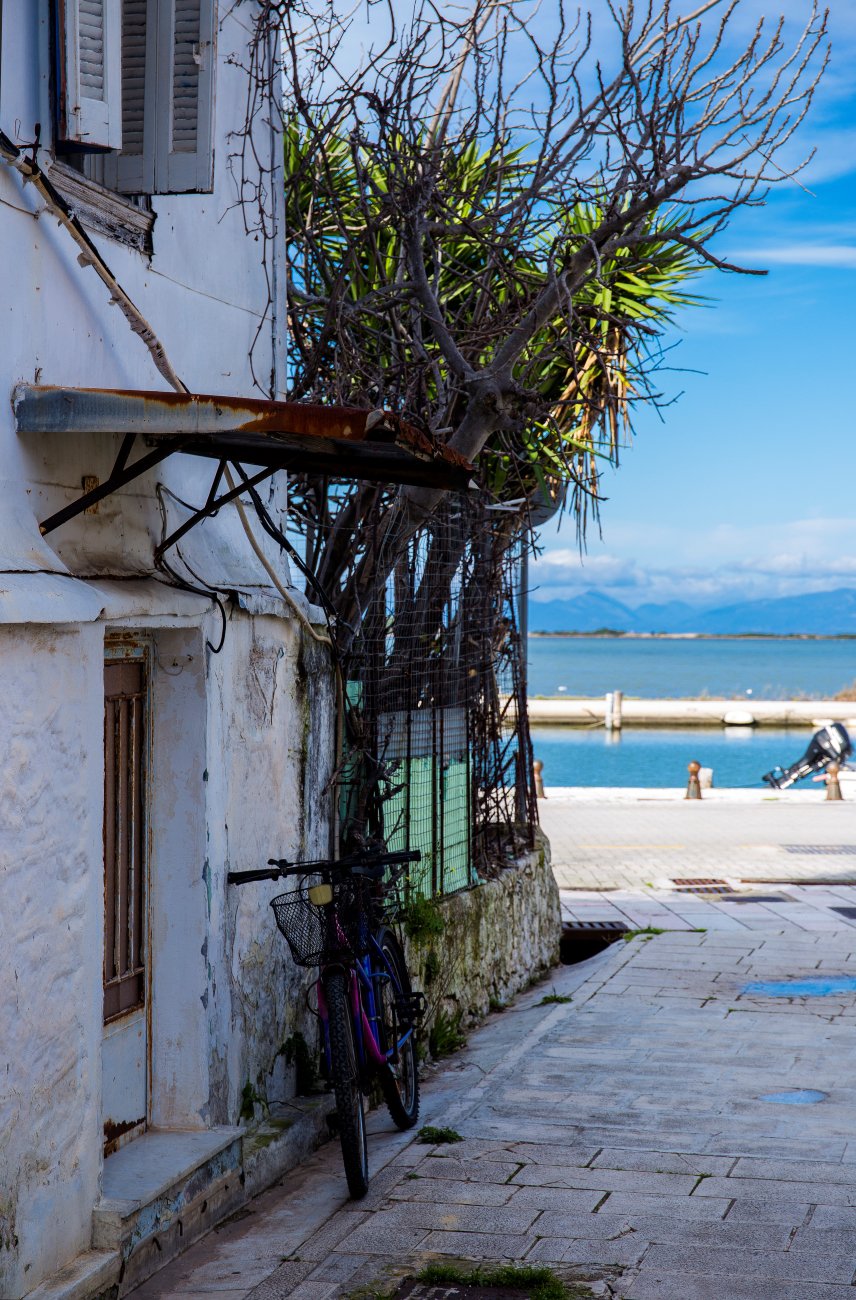
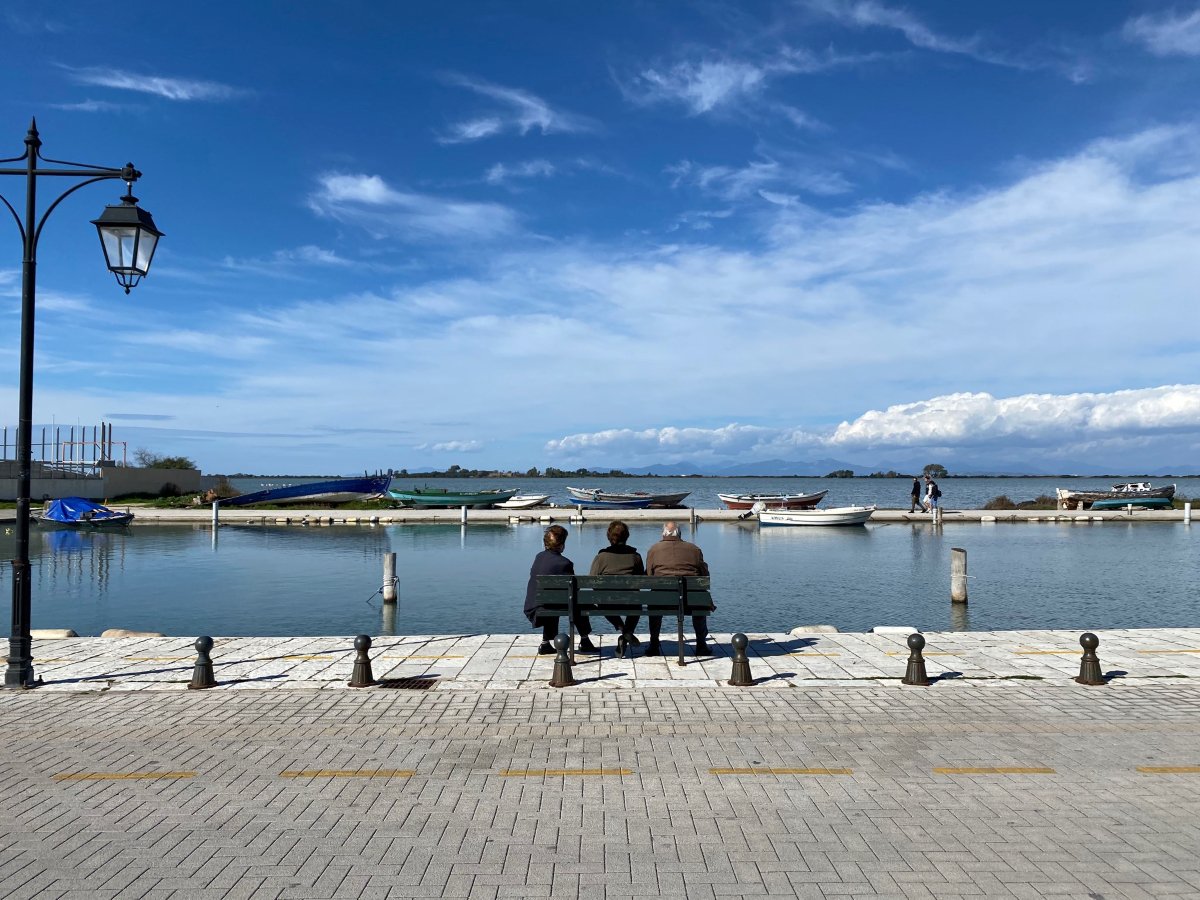
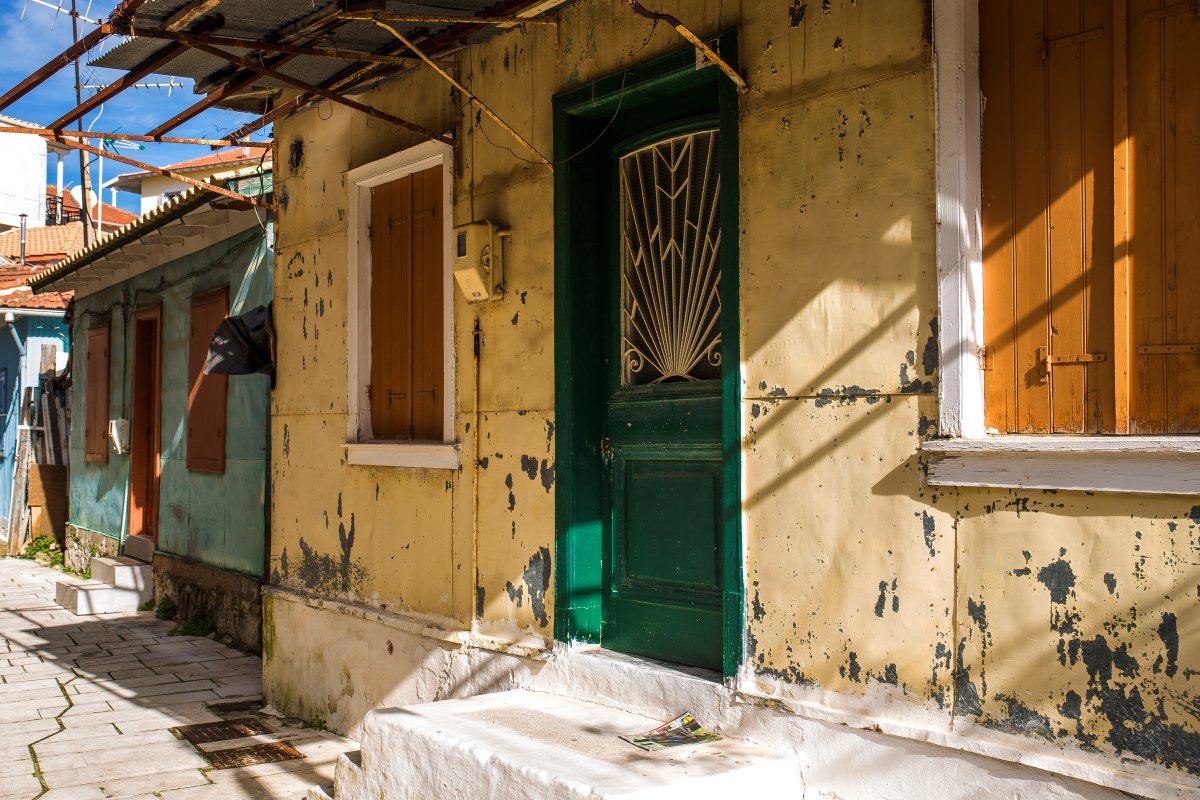
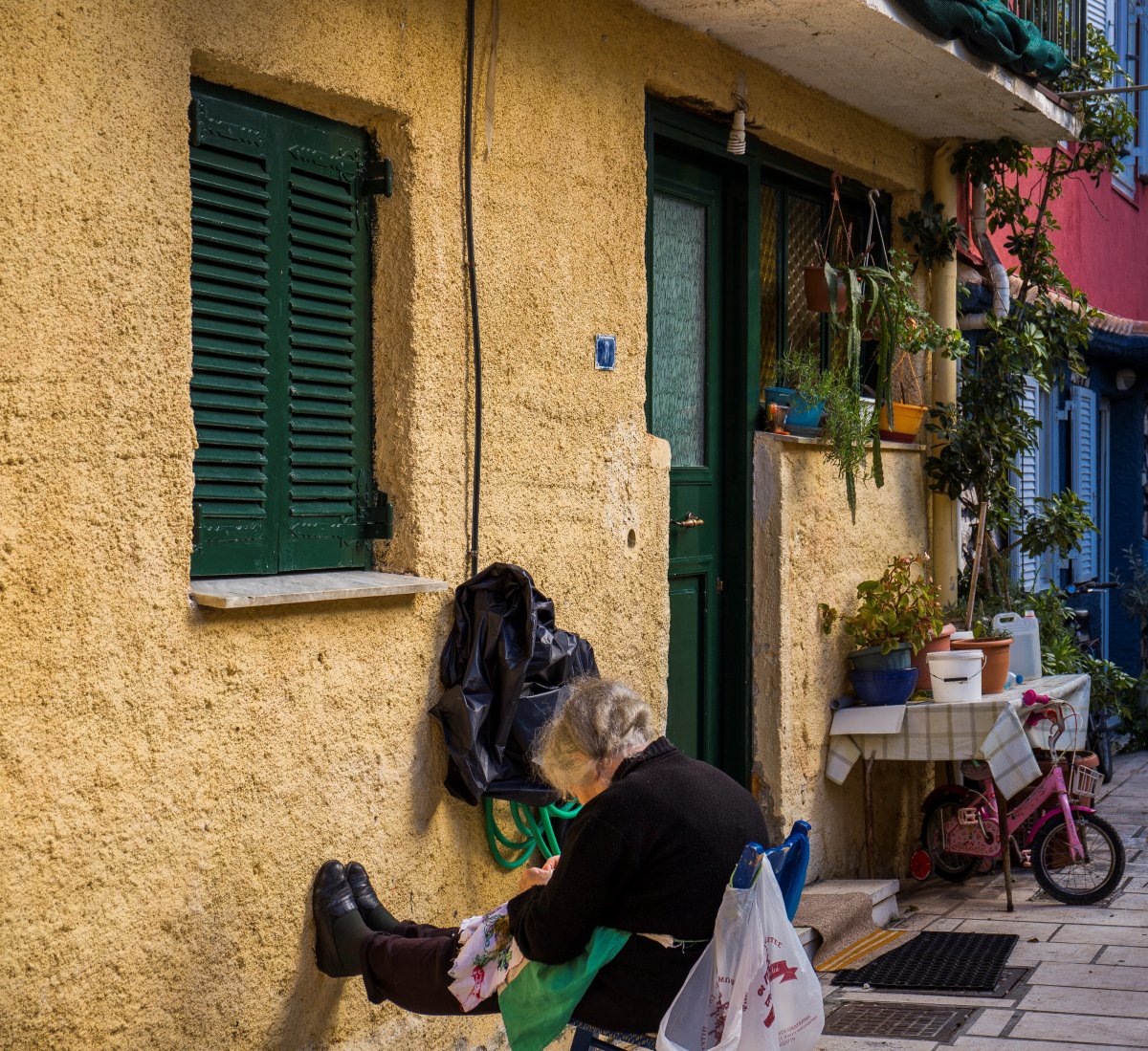
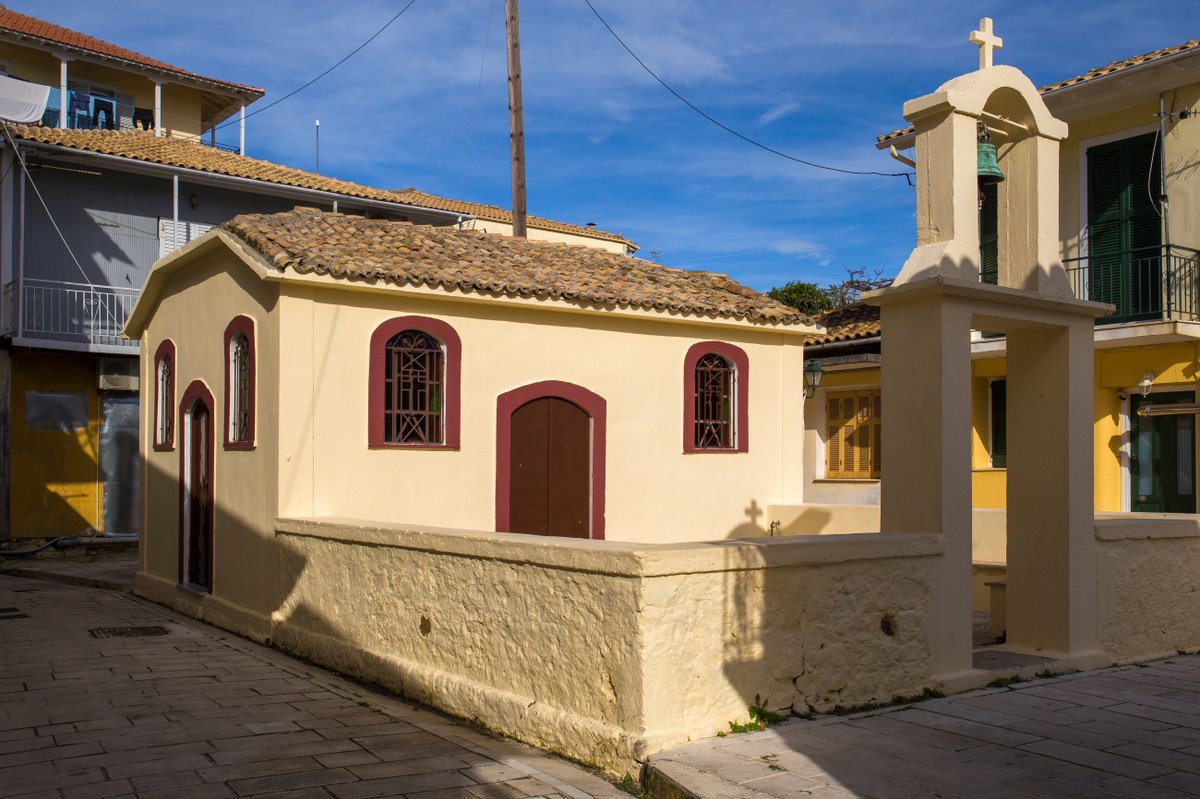
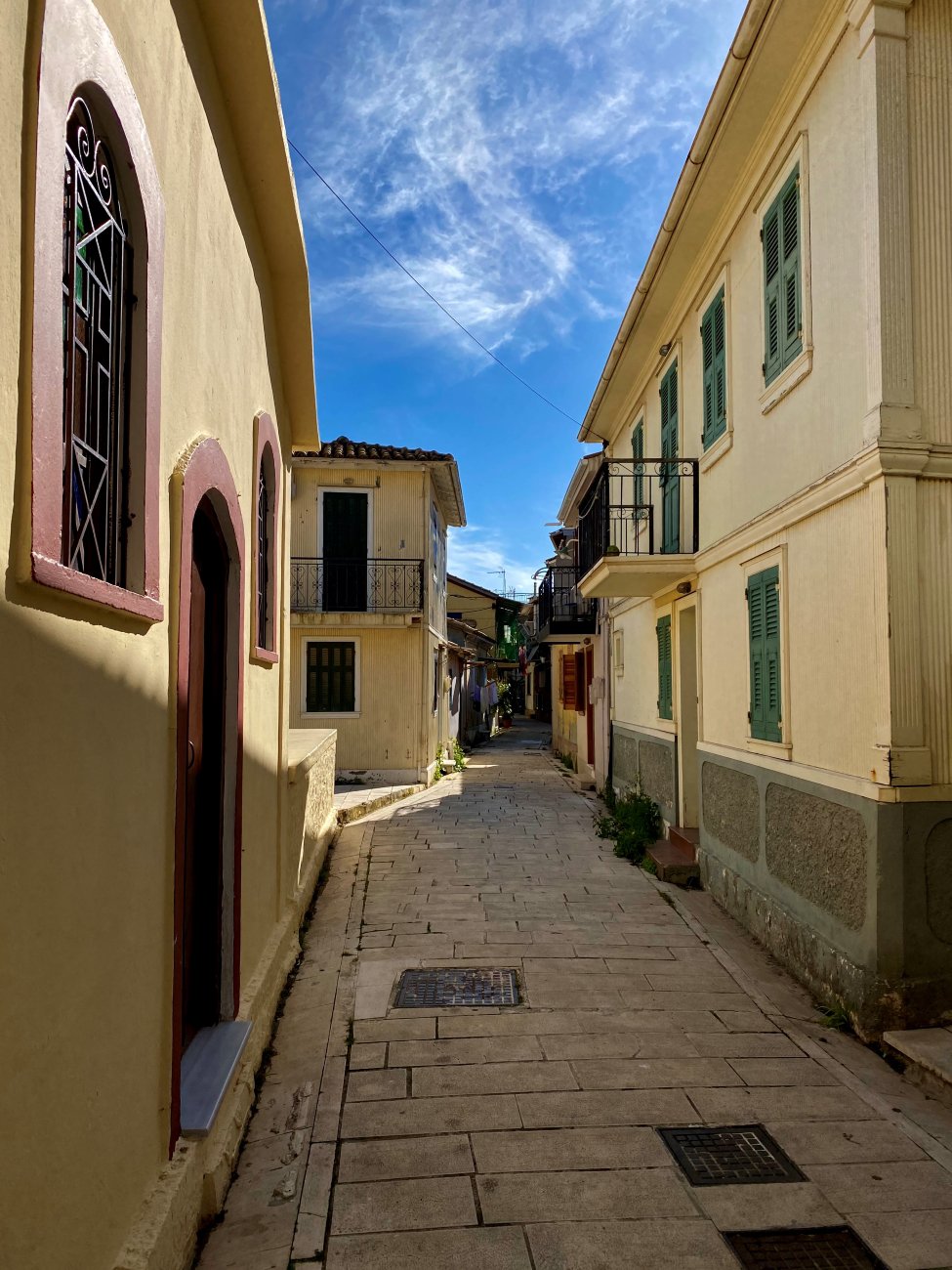
The inhabitants of the area which were also called Buranelli or Braneli (a sobriquet which derives from the island Burano and was given in the time of the Venetians), were people full of energy and humour. In this neighbourhood every single day was a cause for laughter, dancing and singing and despite poverty or difficulties people knew how to enjoy life. During the night before the feast of Agia Marina, the inhabitants used to celebrate the "burning of the Judas". On that day, the Lefkadians starting from here, used to follow the procession of Judas (a model made by old fabrics, straw and wood) through the streets of Lefkada town which ended in the church of Agia Marina. The punishment of the avarice traitor was an opportunity for people to amuse themselves and savor the pleasures and joy of life.
Another great day was the celebration of Agios Ioannis. On that evening young and old, men, women and children used to gather at the big square, to light fires, burn their May Day wreaths and jump over the fire.


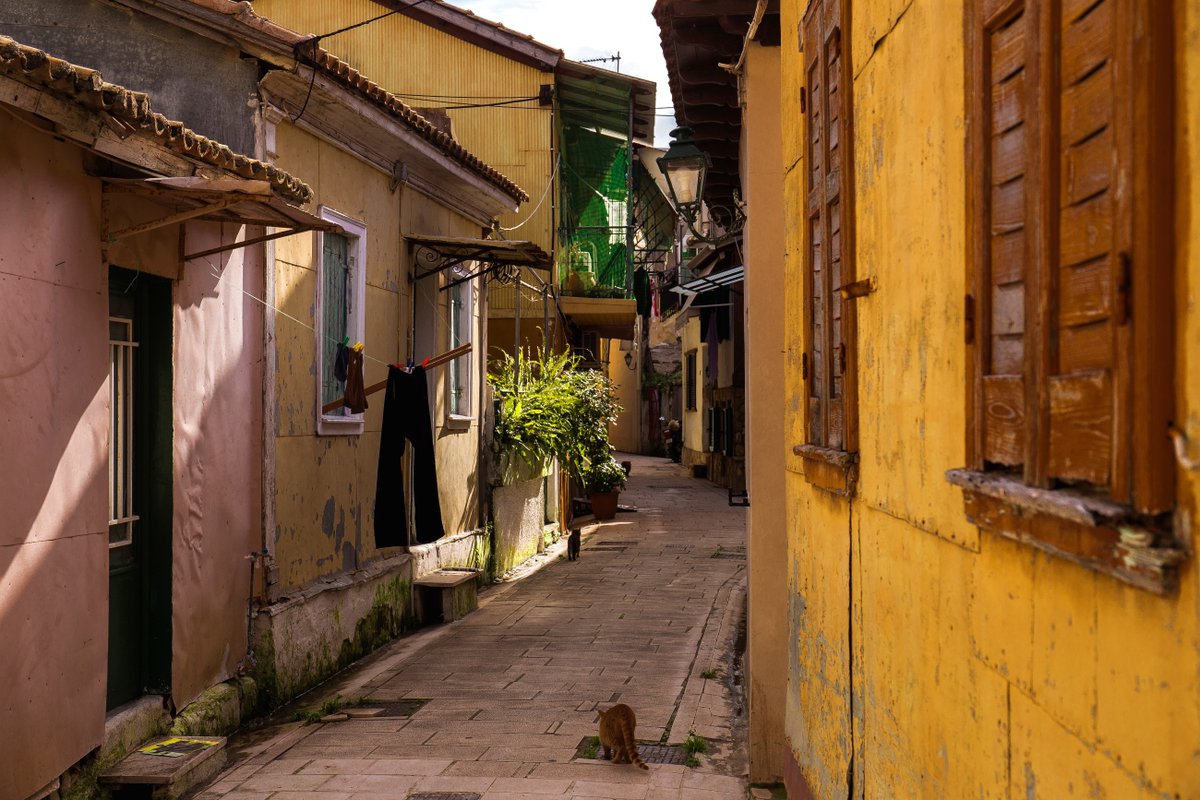
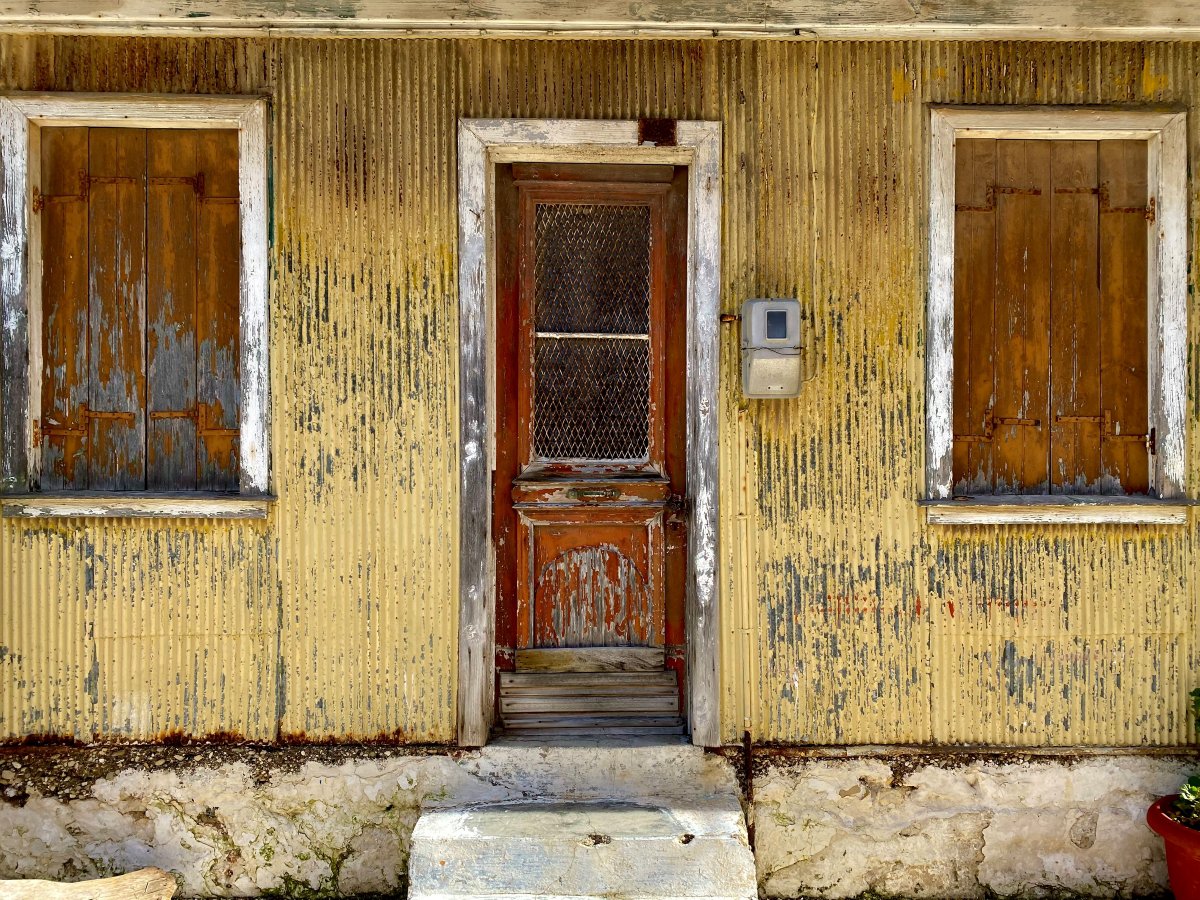
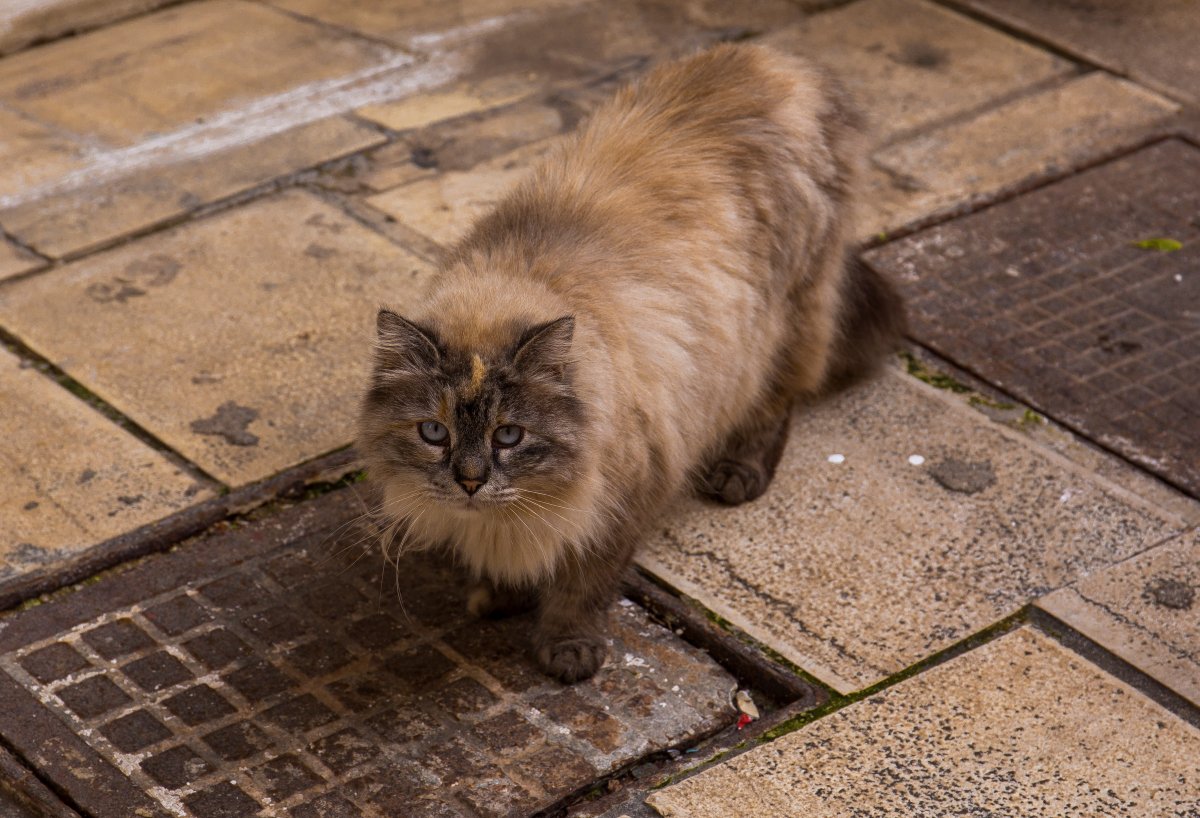
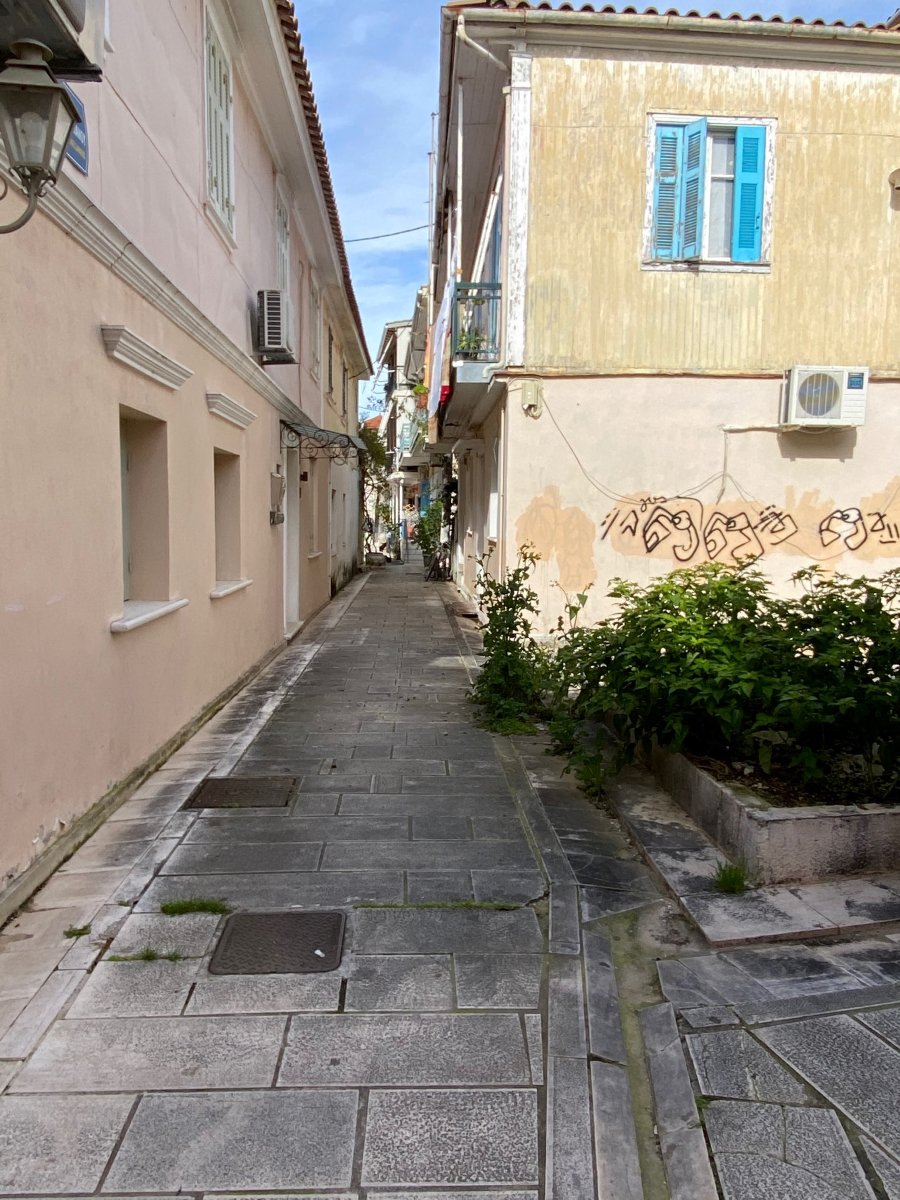
Nowadays its difficult to walk the small streets of this amazing neighbourhood without being taken aback by the beauty. These small multi-colored buildings that seem to pop out at every turn are any photographer’s dream. Spare and minimal, the old houses of this neighbourhood reflect the modesty of those who lived in the Chora, who were largely manual labourers. But there's much more to this area than meets the eye. What you may not know about Lefkada city is that the building construction is of special architectural interest throughout the Hellenic area as well as abroad. Its static system, in particular, within which the two materials, stone and wood, were used statically independently is apparent only to Lefkada. The systematic use of wood as a basic material for Lefkada's houses began after the big earthquake of 1825, when the whole town was rebuilt according to British anti-seismic specifications. The upper floors of Lefkada's homes are covered externally with grooved metal siding, usually painted pastel colours, that shields them from humidity.
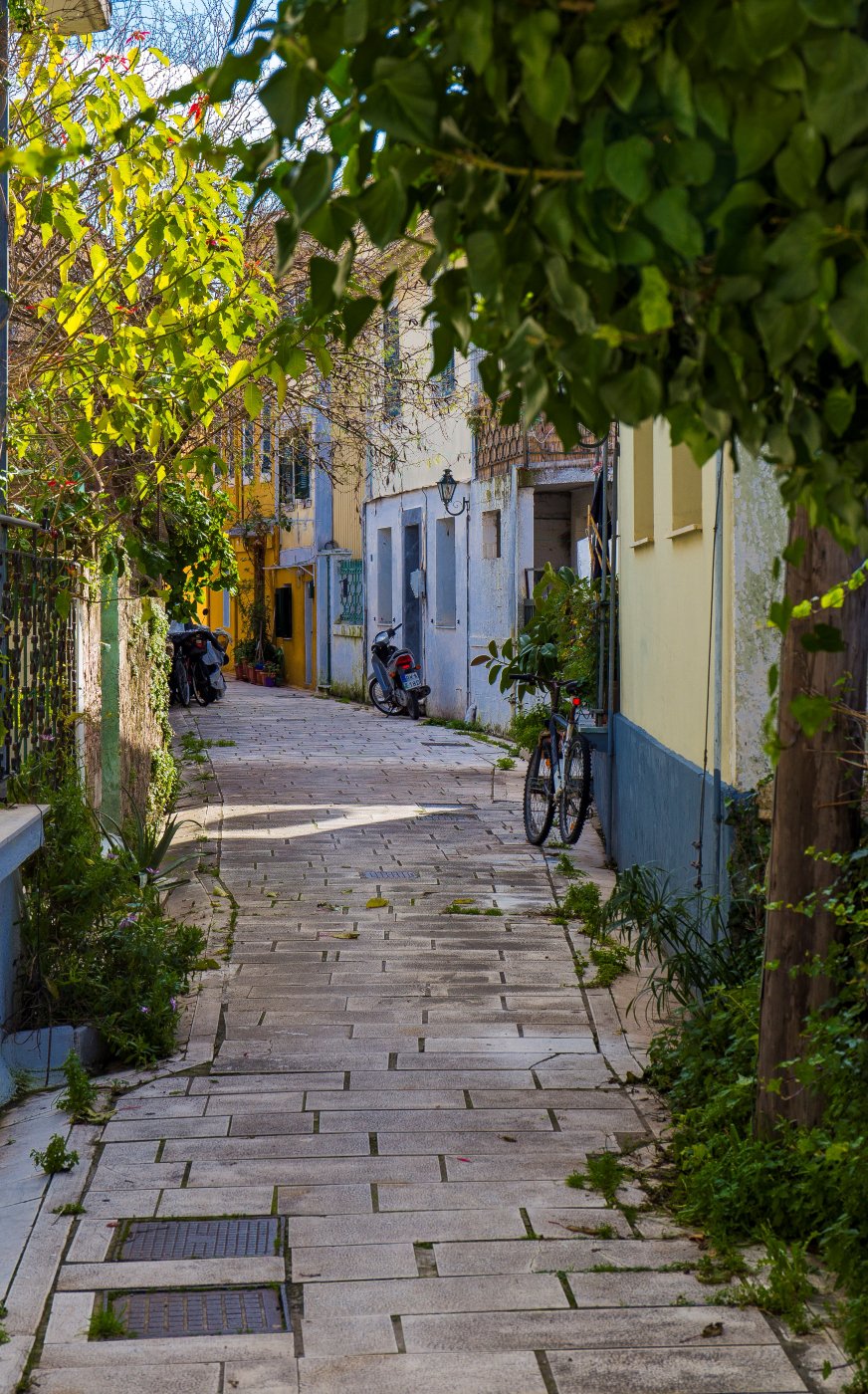
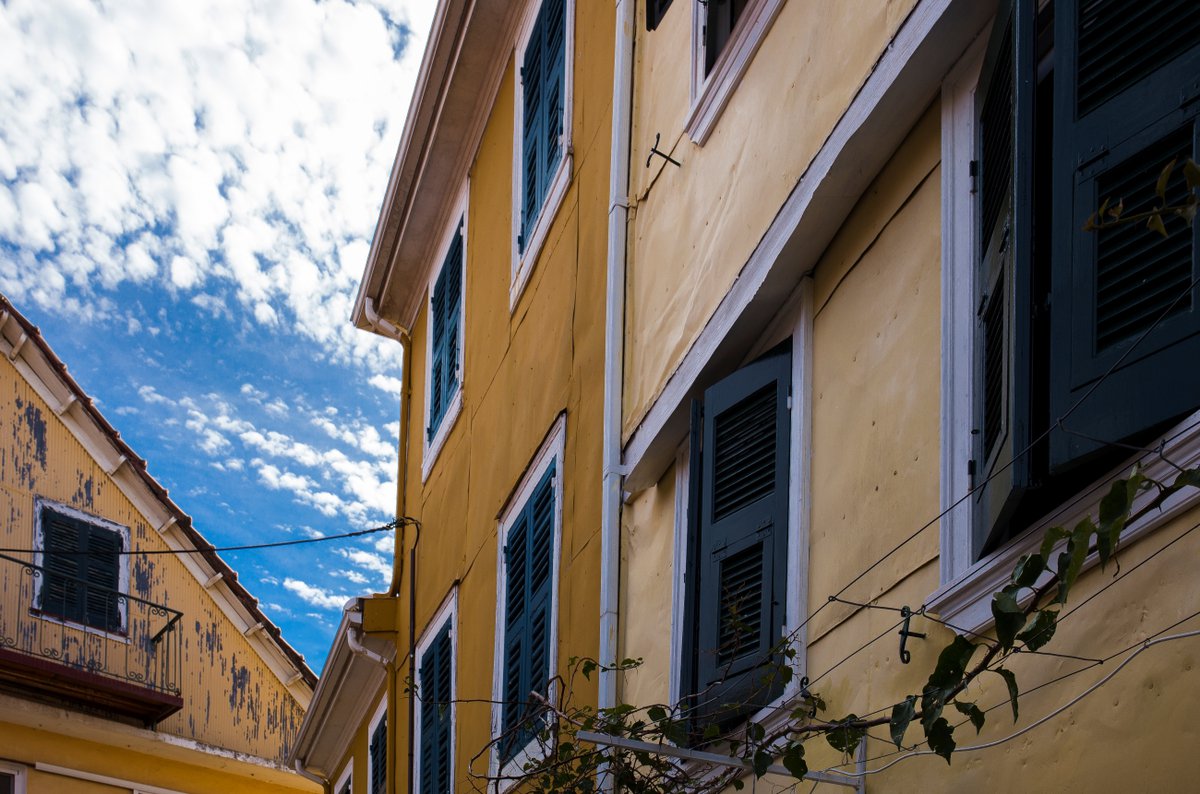
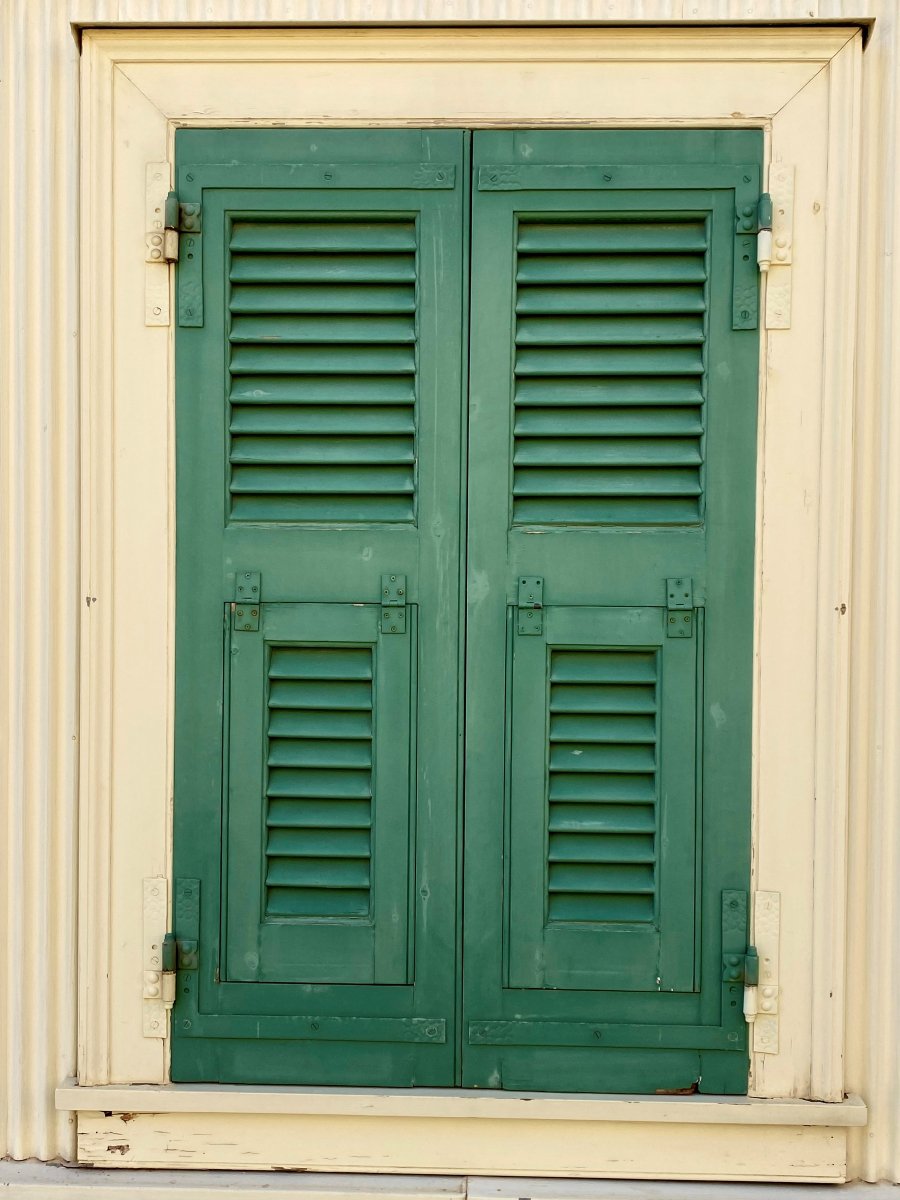
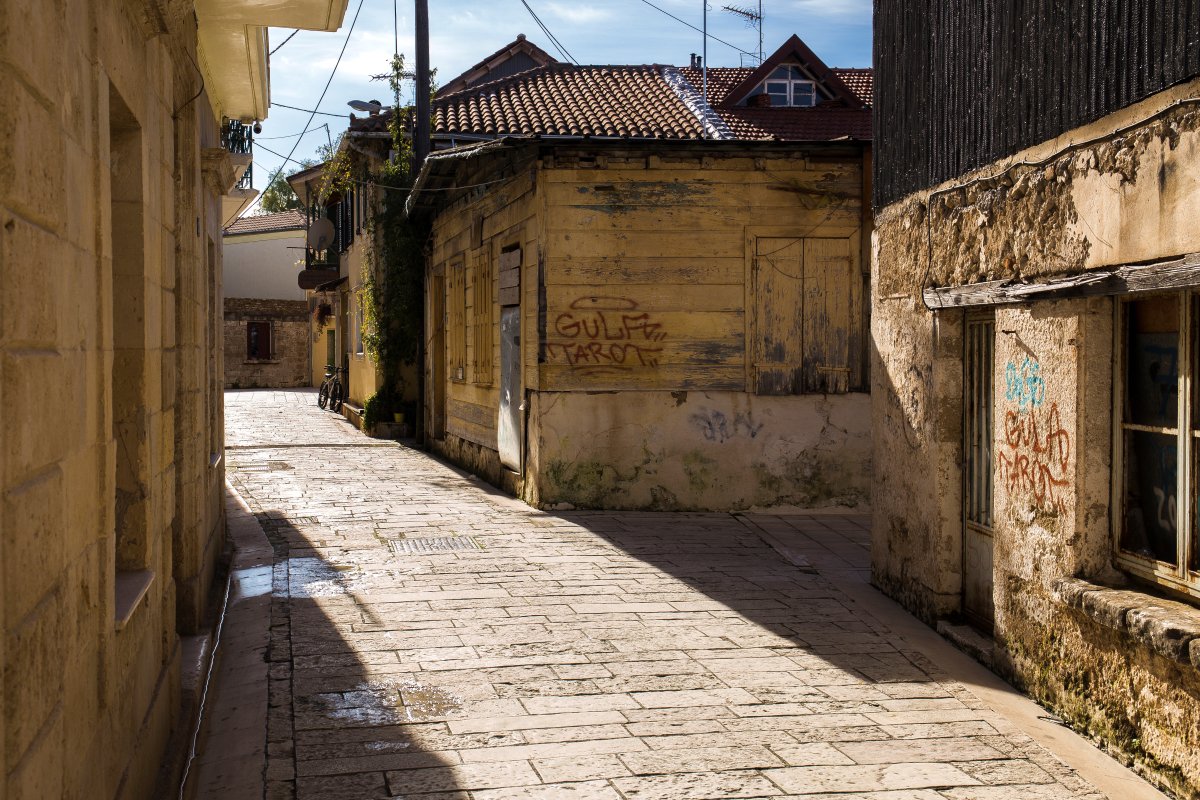


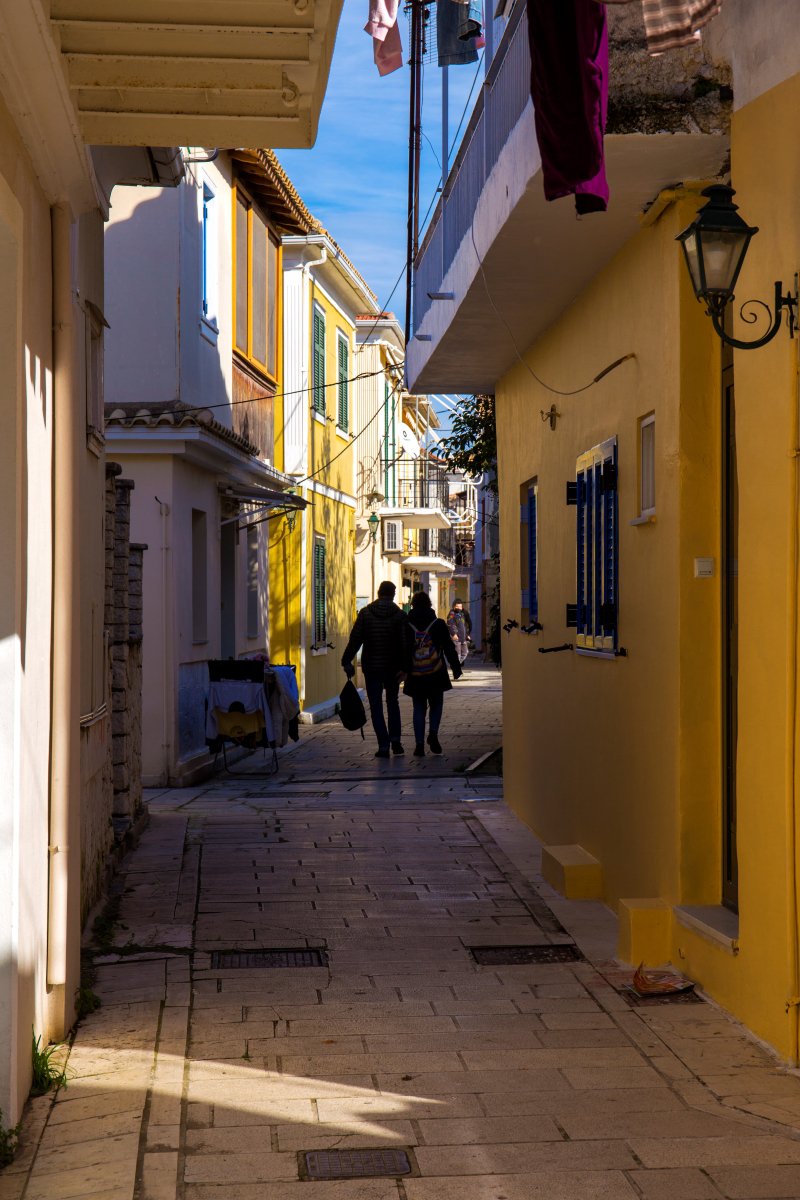

By Effie Barla

